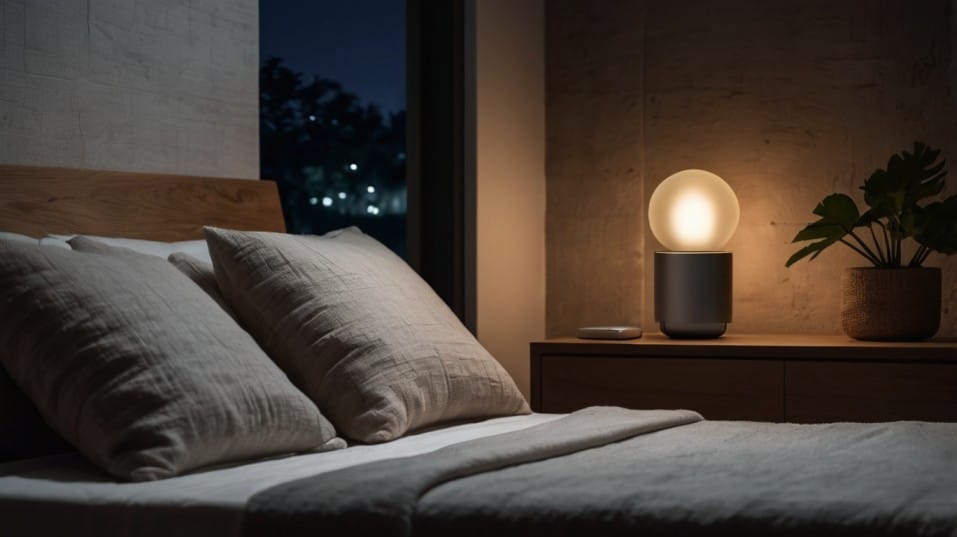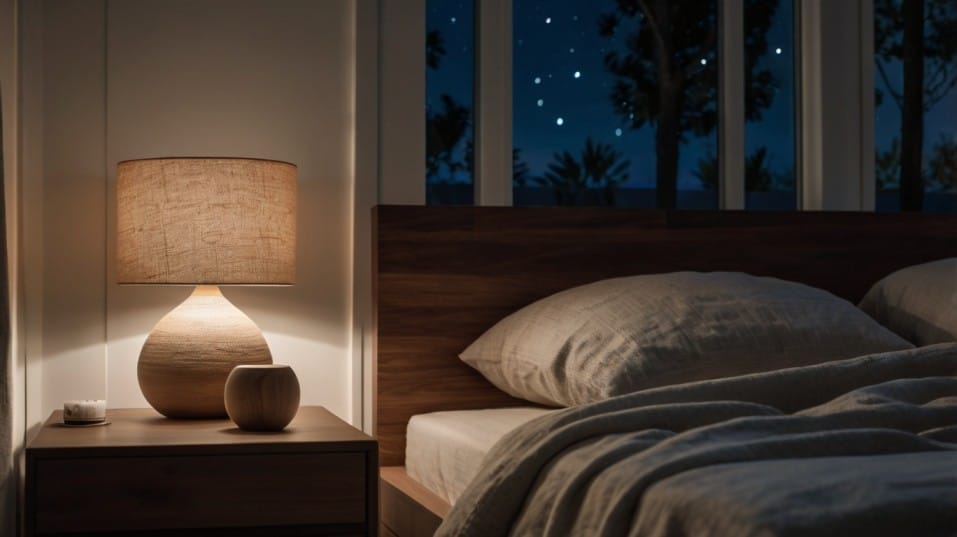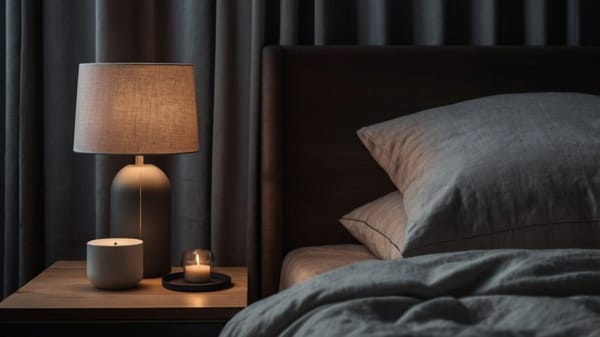Can Wearable Tech Really Measure Sleep Accurately?
Curious if your sleep tracker actually works? Learn what wearables get right, what they miss, and how to use your data to sleep smarter tonight.

Ever wonder if that sleep tracker on your wrist is actually helping—or just flashing numbers while you toss and turn? You’re not alone. If you’re starting to take sleep seriously, wearable tech might look like the easiest way in.
The good news? These devices aren’t perfect, but they’re powerful when you know how to use them. Let’s break down what they really measure, what the science says, and how you can make that data actually work for you.
What Wearables Are Actually Tracking
Let’s be clear: no wearable device is reading your brainwaves. That’s what full-scale sleep studies (polysomnography) do, with wires and sensors glued to your head in a lab.
What your smartwatch, ring, or strap does is infer your sleep based on indirect signals. Most devices track:
- Movement (actigraphy): If you’re tossing, turning, or still.
- Heart rate and heart rate variability (HRV): Your pulse changes across sleep stages.
- Skin temperature and SpO₂ (on some devices): Subtle physiological signals that shift overnight.
Then the algorithm takes that raw data and estimates your sleep stages—light, deep, REM, and wake time.
While these aren’t clinical-grade readings, multiple studies have shown that top-tier wearables like Oura, Whoop, and Fitbit get pretty close, especially for total sleep time and detecting when you fall asleep and wake up.
So no, it’s not measuring “true” sleep in a lab sense—but for building better sleep habits? It’s more than good enough.

What the Research Actually Says
Sleep scientists have been studying wearables for over a decade. And while early models were hit-or-miss, modern wearables have come a long way. Several peer-reviewed studies now confirm that they can reliably track:
- Total sleep duration (within 90% accuracy of lab studies)
- Sleep efficiency (how much time in bed is actually spent sleeping)
- Sleep timing (when you fall asleep and wake up)
The accuracy starts to fall off when measuring individual sleep stages, especially REM and deep sleep. But here’s the catch: unless you’re managing a medical condition, those details matter less than you think.
For most people, the real win is tracking patterns—sleep timing, consistency, disruptions—and turning those insights into better nights.
Why Accuracy Isn’t the Whole Story
You’re not running a clinical trial. You’re trying to feel better, function sharper, recover faster, and stop waking up like a zombie.
That means what you do with the data matters way more than how precise it is. Your wearable gives you a feedback loop.
If it says you’re getting 6.5 hours of sleep, and you’re dragging through your day, the problem isn’t whether it’s really 6.3 or 6.7 hours—it’s that you need more sleep. If your HRV tanks the night after a heavy dinner or late workout, now you know.
That’s what makes wearable tech valuable. It turns sleep from something vague and invisible into something you can see, tweak, and improve.
How to Actually Use Your Sleep Data
Here’s where most people miss the mark: they glance at their sleep score, shrug, and move on. That’s like checking your weight every morning but never changing what you eat.
To make wearables work for you, use them like a sleep coach:
- Look for patterns across days and weeks, not just one night.
- Test small changes. Try a new bedtime, see how it affects your total sleep.
- Use the data to build consistency. Your body thrives on rhythm. Your wearable shows when you’re off-track.
You don’t need to obsess over hitting 90s on your sleep score. You need to identify what actually improves your nights, repeat that, and build around it.
Real-World Habits That Move the Needle
The device on your wrist doesn’t fix your sleep. But it shows what’s working. That’s your edge. If you want better data and better mornings, dial in these foundational habits—and watch the numbers shift.
Anchor your mornings
Get sunlight on your face within an hour of waking. Even 10 minutes helps. Light is the most powerful signal to reset your circadian clock, and you’ll sleep better that night because of it.
Stick to a bedtime
Your body loves consistency. Going to bed and waking up at the same time—even on weekends—boosts sleep quality. Wearables will show you exactly how much this matters.
Move your body
Daily physical activity (especially in the morning or afternoon) increases deep sleep. Track it. You’ll likely see more restorative sleep after days with exercise.
Manage screens and wind-down
Your wearable will pick up the impact of late-night scrolling. Try cutting off screens an hour before bed. Instead, stretch, read, journal, or dim the lights. Better inputs = better output.
Watch what and when you eat
Late heavy meals or alcohol can crush your HRV and disturb sleep. If you see your recovery scores dip after certain dinners, that’s your cue to adjust. Track and learn.
Final Thoughts
Here’s the bottom line: wearable tech can’t diagnose sleep disorders or replace a lab. But it doesn’t have to. For most people looking to build smarter sleep habits, feel better during the day, and perform at a higher level—it works.
It gives you visibility. It gives you direction. And it gives you momentum.
So if you’re staring at your wrist wondering if this thing is legit—yes, it is. But only if you use it. Don’t just check the numbers. Own them. Use them to dial in your routine, experiment with habits, and make real changes.
Start tonight. One better habit. One smarter decision. One night of sleep that leads to a sharper morning. Track it. Feel it. Build on it. This is how better sleep becomes your default.




